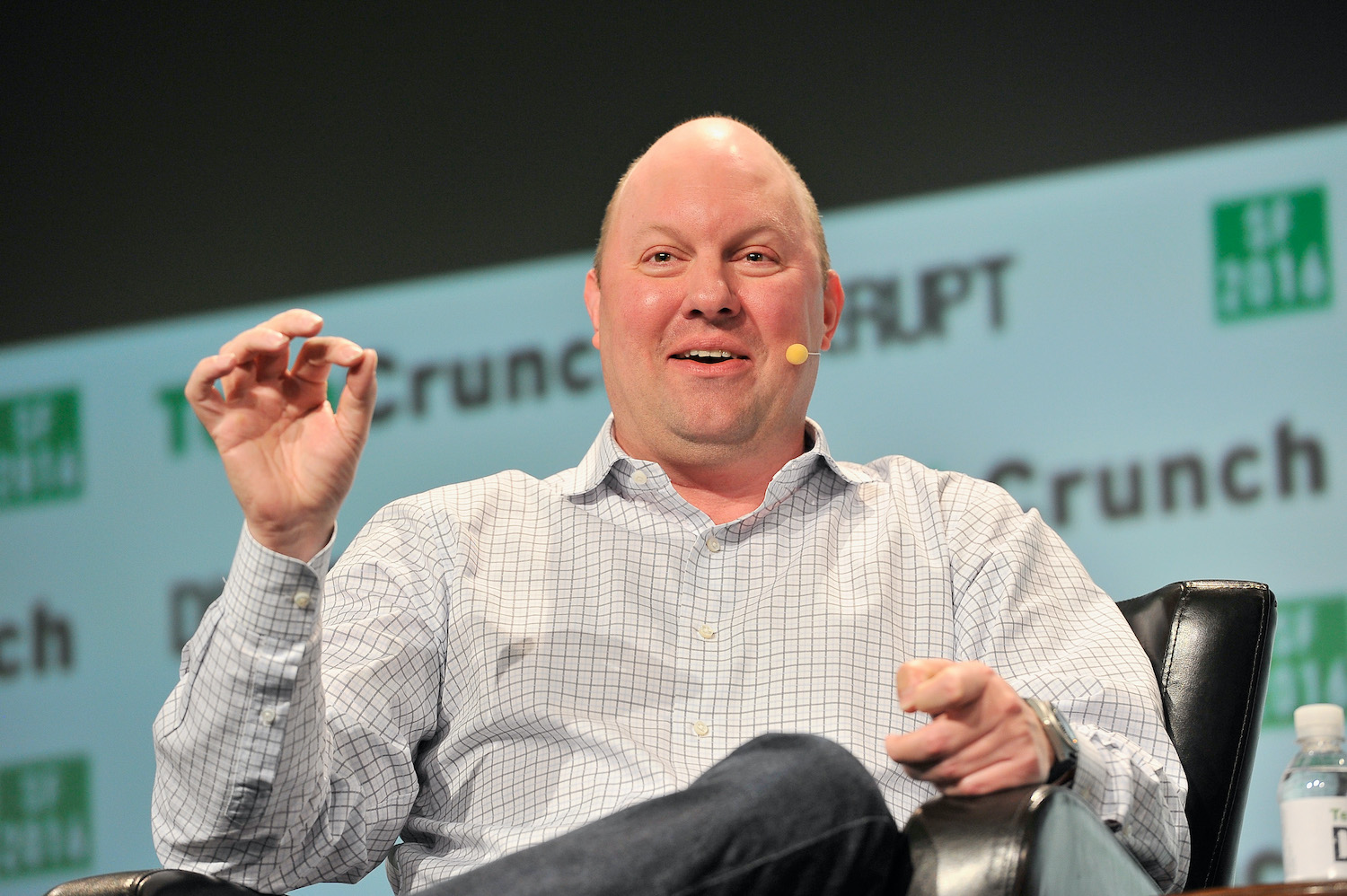16/03/2022 The First NFT Monopoly
With Bored Apes and CryptoPunks under the same corporate roof, the NFT market barrels toward further centralization.

This past fall, Iwroteabout the idea that, while much of the rhetoric around cryptocurrencies has to do with “decentralization” as a guiding ethos, the NFT sector is in fact already extremely centralized.
Specifically, it’s centralized on the sales side. According to data from the blockchain analytics company DappRadar, the vast majority of allnon-fungible tokensales volume is concentrated on two platforms: OpenSea, the incumbent backed by venture capital firm Andreessen Horowitz, and LooksRare, a scrappy outsider thatemerged a few months ago. But because the vast majority of sales volume on LooksRare comes from “wash trades”– that is, traders selling themselves their own NFTs in an attempt to take advantage of the platform’s token rewards system – it’s safe to say that what you might callrealNFT trades are happening almost entirely on OpenSea.
And although that’s still very much the case, the NFT market has recently begun a kind of second-order centralization in the realm of content.
On Friday evening, Yuga Labs, the company behind the Bored Ape Yacht Club NFT collection, announced it had acquired the “brands, copyright in the art and other IP rights” for two NFT projects from the developer Larva Labs: CryptoPunks, the pixelated mug shots that helped elevate NFTs into the public consciousness last year, and Meebits, their 3D counterparts.
CryptoPunks were the world’s most valuable NFTs for most of 2021, until Bored Apes dethroned them.
On one level, the acquisition makes sense. Larva Labs has always been just two guys, John Watkinson and Matt Hall. They created CryptoPunks back in 2017, essentially as an experiment. As hype built around their project in 2020 and 2021, the duo kept on working their day jobs at the Google Creative Lab in Manhattan, where their co-workers wondered why they weren’t off capitalizing on the crypto gold rush. They kept on experimenting, launching Meebits last May, but they never really decided to make CryptoPunks their full-time focus.
As time went on, this hands-off approach to the CryptoPunks' intellectual property began to annoy some CryptoPunk investors. Today, mostly thanks to the success of the Bored Ape Yacht Club business model, the expectation for major NFT collections is that they will function like online social clubs, hosting lavish invite-only concerts and in-person meetups, as well as spinoff NFT projects with the potential to spawn their own communities. Bored Ape holders were signing with major record labels and agencies – where were the equivalent perks for CryptoPunks?
The implication was that CryptoPunks didn’t need that social apparatus. For the Bored Ape Yacht Club, the “community” element has always been a key part of the value proposition – you’re supposed to wear thosehoodies, attend thoseparties. CryptoPunks were initially conceived as pure collectibles; organic speculation, rather than a coordinated marketing campaign, was what made the price go up.
Watkinson and Hall managed to capture lighting in a bottle. Meanwhile, Yuga Labs has reportedly been in talks with Andreessen Horowitz about funding that would value it at $5 billion. The undisclosed sum collected by Larva Labs may have been too good to resist.
The result is that the two most valuable NFT collections are now owned by a single company we know relatively little about. We only just learned the names of its executive leadership last month, ina reportfrom BuzzFeed News (Yuga Labs’ two core founders had previously been pseudonymous, andput up a fightafter what they saw as a “dangerous” act of journalism on the part of BuzzFeed).
Larva Labs remains an independent company and retains the rights to its other major NFT project, Autoglyphs. And Yuga Labs has said it doesn’t have any immediate plans to replicate the Bored Apes business model with CryptoPunks, which a press releasecharacterizedas a “historic collection.”
Instead, Yuga Labs plans to add “utility” to the collection. “Utility” is an increasingly nebulous buzzword in the NFT sector, and tends to refer to perks for investors down the line. If your NFT unlocks access to a private Discord channel, or to a pre-approved green list for another NFT mint, or a special 3D item on a metaverse platform – broadly speaking, that’s “utility.” (Utility also has the potential tobring certain tokens under scrutinyfrom the SEC, since it can make NFTs look a lot like investment contracts.)
What this means in practice is that the value of CryptoPunks will likely be closely tied to the value of Yuga Labs. Larva Labs isn’t exactly a mom-and-pop business, but its stubborn refusal to pump the value of its tokens in this specific way put it somewhat at odds with the “number go up”ethosof the broader crypto community. (This isn’t to say its intentions were always totally pure – acontroversyaround a CryptoPunks subcollection known as “V1 Punks” suggests the Larva Labs team hasn’t always handled community outreach in the best way.)
Where Bored Apes go, the rest of the NFT market goes. Now, whether they like it or not, CryptoPunk holders are joined at the hip with their Bored Ape counterparts.
Such is the Matroyshka doll-like structure of the NFT market. Andreessen Horowitz has a stake in many of the valuable companies in crypto; OpenSea, an Andreessen Horowitz investment, controls most of the volume in the NFT market; and Yuga Labs, also reportedly an Andreessen Horowitz investment, now controls some of the market’s most valuable intellectual property.
There’s no antitrust legislation in crypto – but maybe that’s the point.
 (0)
(0)
 (0)
(0)
https://www.coindesk.com/layer2/2022/03/14/the-first-nft-monopoly/
